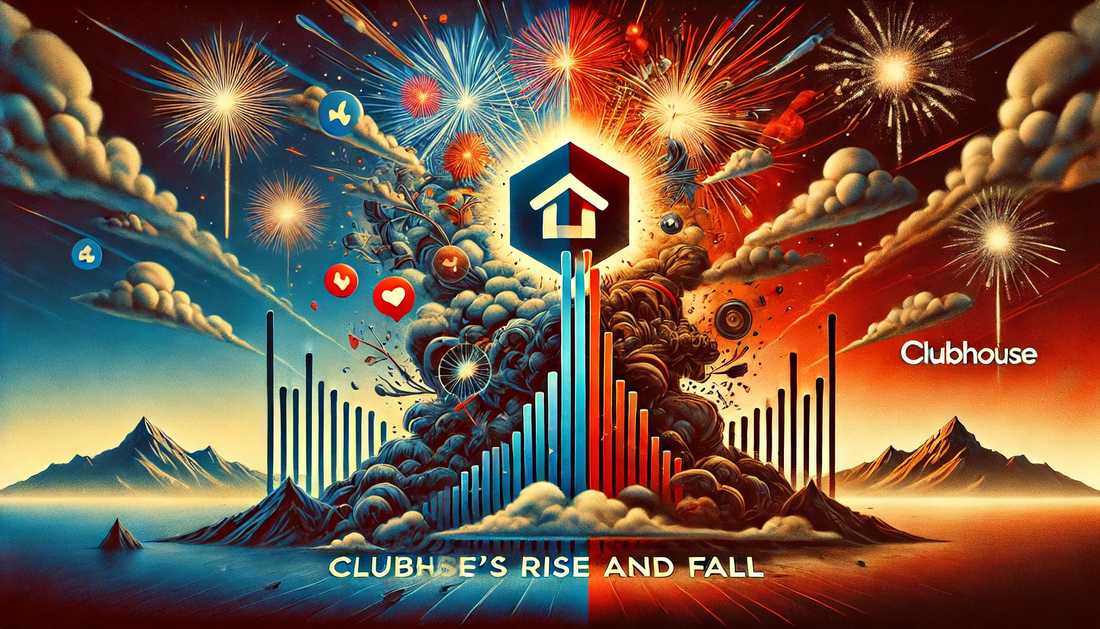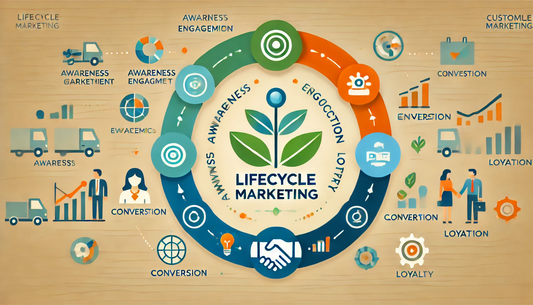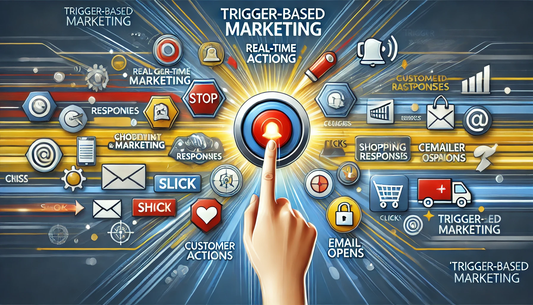The social media landscape is constantly shifting, with platforms rising, gaining traction, and then, sometimes, crashing down just as quickly. 🌪️
One such platform that captured the world’s attention was Clubhouse. 🚀 The app took off in 2020, promising a unique way to connect with others through live audio conversations. It was different from what we were used to on platforms like Instagram and Twitter.
But just as quickly as it soared, it fell. By 2022, many users had moved on, and the platform’s initial impact seemed to fade. What happened? And what can startup founders learn from Clubhouse's rapid rise and fall?
Let's dive in! 🎤
Clubhouse's Meteoric Rise: The Magic of Exclusivity
In the beginning, Clubhouse was the talk of the town. Why? Well, exclusivity was its secret sauce. 🥂
The app’s invite-only model created a buzz that got people talking. Who didn’t want to be part of the cool crowd? 🤩 Throw in high-profile personalities like Mark Zuckerberg and Oprah, and you’ve got a recipe for a social media phenomenon.
By May 2021, Clubhouse boasted over 10 million weekly active users and was valued at a whopping $4 billion. 📈 The exclusivity tactic worked like a charm to build hype and create that ever-elusive FOMO (Fear of Missing Out). But here’s the catch: hype alone doesn’t build long-term success.
Takeaway: Leverage exclusivity to ignite curiosity, but don’t get stuck in it! As you scale, focus on making your platform accessible to a broader audience without alienating early users. Inclusivity is the key to sustainable growth. 🔑
Innovation Isn’t Enough: Evolve or Get Left Behind
While Clubhouse was revolutionary in offering social audio chats, it didn’t continue innovating at the pace it needed to. 🚶♂️
Competitors like Twitter Spaces and Spotify Greenroom quickly entered the market, adding new features and diversifying their offerings. Meanwhile, Clubhouse remained stagnant with only its original concept, struggling to stand out. 🆚
Takeaway: Never rest on your laurels! Keep innovating to stay ahead of the competition. 🌟 Regular updates, feature enhancements, and listening to user feedback are vital to ensuring your platform doesn’t lose its edge.
User Experience Matters: Simplify, Don’t Complicate!
Clubhouse’s interface was simple, but not always intuitive. 🧩 With the rapid influx of users, navigating the app became a chore. Rooms were hard to find, and it became difficult to engage with the right conversations.
Imagine going to a party, but everyone is scattered around in different rooms, and you have no idea where to go to find the best chat. 🤷♂️ That was Clubhouse for many users.
Takeaway: Prioritize user experience! 💻 A clutter-free and intuitive interface makes all the difference in keeping users engaged. Regularly refine your app to ensure it’s easy to navigate, especially as your user base expands.
Build and Maintain a Strong Community
Clubhouse started with a tight-knit community of creatives, entrepreneurs, and thought leaders. 🙌 These early adopters formed the heart of the platform. However, as more users joined, the platform struggled to maintain the quality of conversations. 😕
What started as an intimate, high-quality space turned into a noisy, overcrowded marketplace. People couldn’t find the valuable discussions they had initially joined for. 😞
Takeaway: A strong community is everything! Invest in community management and ensure the quality of interactions is maintained. Engage with your users actively and provide the tools to help them find meaningful conversations. 🔍
Timing Is Everything: Be Quick to Adapt
Clubhouse capitalized on the pandemic’s need for human connection. 💬 But as lockdowns eased and life returned to some semblance of normal, user habits started to shift. 😷➡️🙂
Unfortunately, Clubhouse was slow to pivot. The platform didn’t evolve quickly enough to align with the changing needs of users in a post-pandemic world. ⏳
Takeaway: Timing is crucial in business! Stay agile and responsive to shifts in market conditions. Understand your users' behavior and be ready to evolve your product accordingly. 🔄
Monetization Strategy: Don’t Leave It to the Last Minute
Monetization was one area where Clubhouse dropped the ball. 🏀 While they eventually introduced features like tipping and ticketed events, it was much later than necessary. The monetization options seemed like an afterthought rather than a core part of the platform’s vision. 💰
Takeaway: Monetization should be built into your product from the start! Explore diverse revenue streams that fit seamlessly into your platform’s core value proposition. Don’t wait until it’s too late. ⏳
Prepare for Competition: Expect the Copycats
Success attracts imitators—everyone wants a slice of the pie. 🥧 Once Clubhouse became popular, heavyweights like Facebook, Twitter, and Spotify launched their own social audio features. 🚨
For a small player like Clubhouse, competing against tech giants with established ecosystems was an uphill battle. 🏔️
Takeaway: Always anticipate competition and develop a unique value proposition. Focus on what sets your product apart and make it something your users can’t live without. 📌
Data-Driven Decisions: Listen to Your Users
Clubhouse’s downfall wasn’t just about competitors or timing—it was about failing to adapt to user feedback. 📉 There was no efficient system for listening to user pain points or tracking how the platform was performing.
Takeaway: Implement robust analytics and feedback loops. 📊 Use data to guide decisions and continuously improve the product. Listening to your users will ensure that you’re always evolving in the right direction.
Marketing Momentum: Keep the Buzz Alive
Clubhouse’s initial marketing strategy was on point—leveraging influencer engagement, media coverage, and the platform's exclusivity. But as user growth plateaued, the marketing efforts didn’t keep up. 😓
Takeaway: Don’t stop marketing once you’ve gained traction! 🚀 Keep up the momentum with consistent content marketing, partnerships, and community engagement. Ensure your brand stays alive in the public’s mind, even after the initial hype fades.
Resilience Is Key: Learn from the Fall
Despite its decline, Clubhouse’s journey offers valuable lessons for any startup. 📝 The most important takeaway? Resilience. Success isn’t just about having the right idea—it’s about executing well, adapting quickly, and learning from failures. 🧠
Takeaway: Be prepared to iterate and pivot! 🛠️ In the startup world, success often takes time. The ability to bounce back from failures and learn from them is what sets great companies apart.
In conclusion, Clubhouse’s rise and fall isn’t just a cautionary tale—it’s a blueprint for understanding the challenges that come with sustaining innovation. 🚀 By focusing on continuous improvement, user experience, and building a strong community, startups can not only capture attention but also retain it.
The lessons from Clubhouse aren’t just about avoiding mistakes—they’re about laying the foundation for long-term success in a competitive market. 🏆










